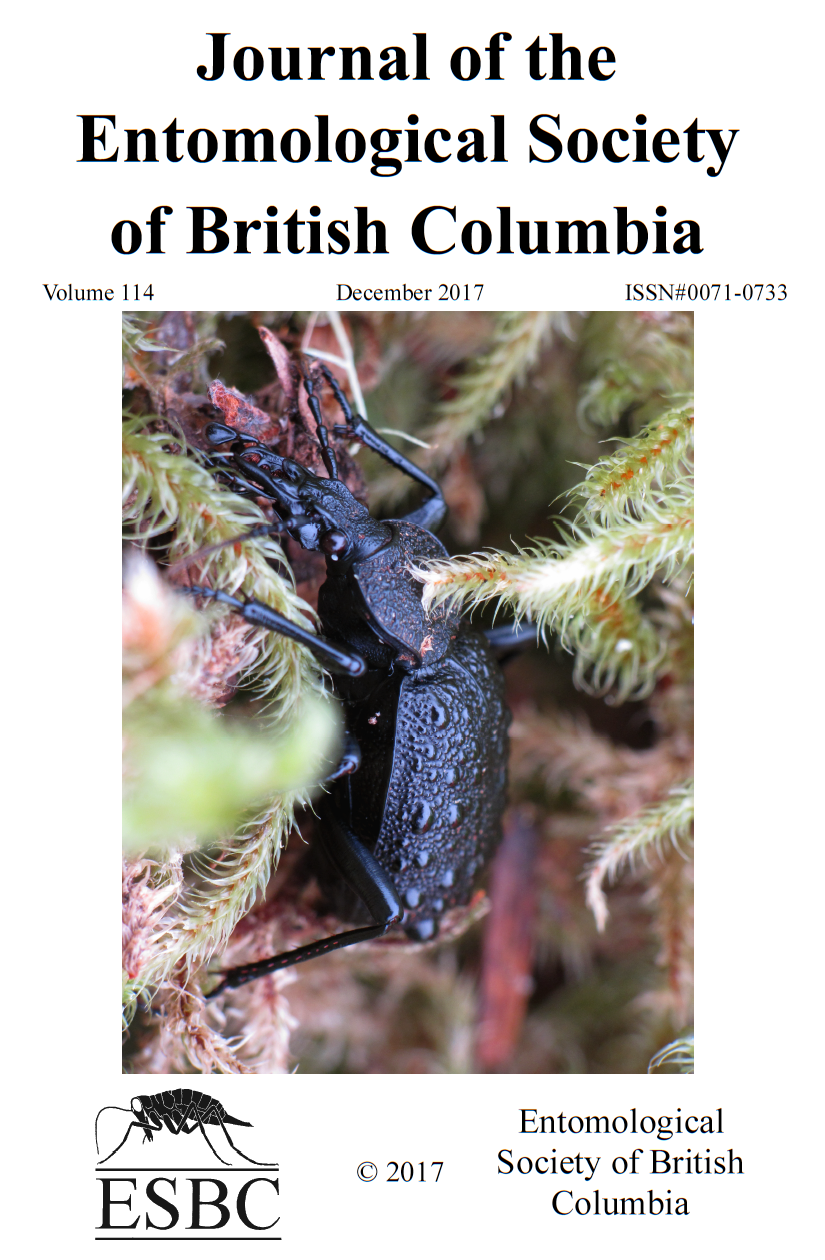Insect taxa named for the Rev. John H. Keen, early naturalist on the Queen Charlotte Islands and at Metlakatla, British Columbia
Abstract
The Reverend John Henry Keen (1851–1950) spent nearly 20 years serving Anglican missions in British Columbia, at Masset on the Queen Charlotte Islands/Haida Gwaii in the 1890s, and on the adjacent mainland at Metlakatla, during the summer of 1890 and for several years in the early 1900s. Despite leading the busy life of a clergyman, Keen assembled extensive collections of natural history specimens, particularly of insects and mammals. He was spurred on by the likelihood that many specimens would represent species new to science, predictions that were later borne out. Keen initially sent specimens to the Natural History Museum in London, but later sent most of them to Dr. James Fletcher, Dominion Entomologist, in Ottawa, who forwarded many specimens to specialists in the United States and France for identification. Keen was among the first collectors of natural history specimens on the north coast of British Columbia and, in recognition of his contributions, eight insect taxa were named after him, based on the type specimens he collected in this region.Downloads
Published
Issue
Section
License
Authors who publish with the Journal of the Entomological Society of British Columbia agree to the following terms:
-Authors retain copyright and grant the journal right of first publication with the work simultaneously licensed under a Creative Commons Attribution License that allows others to share the work with an acknowledgement of the work's authorship and initial publication in this journal.
-Authors are able to enter into separate, additional contractual arrangements for the non-exclusive distribution of the journal's published version of the work (e.g., post it to an institutional repository or publish it in a book), with an acknowledgement of its initial publication in this journal.
-Authors are permitted and encouraged to post their work online (e.g., in institutional repositories or on their website) prior to and during the submission process, as it can lead to productive exchanges, as well as earlier and greater citation of published work (See The Effect of Open Access).


